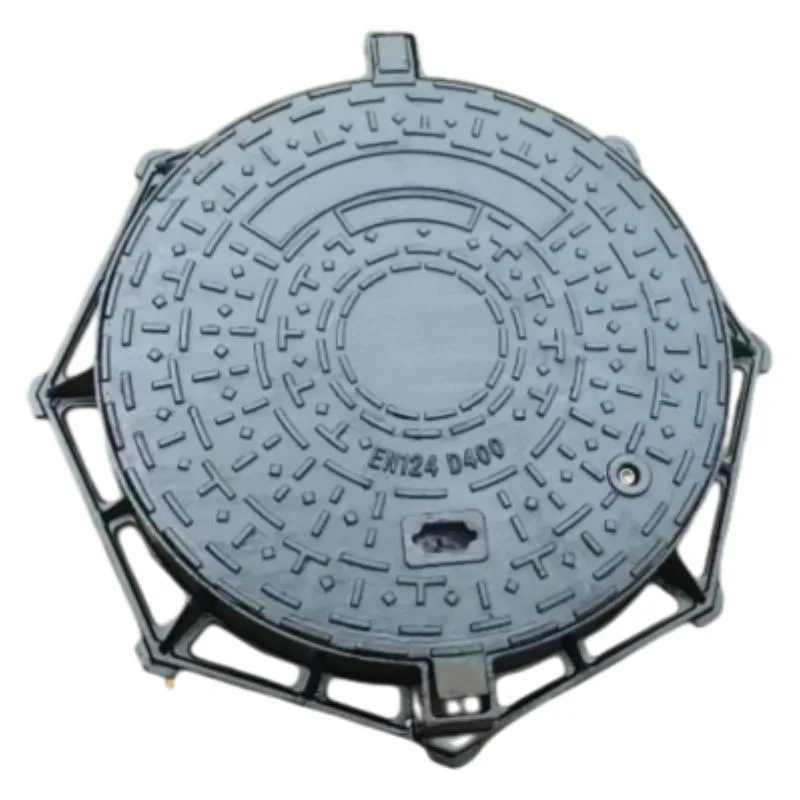the bollard
The Bollard An Unassuming Guardian of Urban Spaces
When strolling through bustling city streets or quietly traversing coastal walkways, one often comes across a seemingly mundane object the bollard. At first glance, this sturdy post may appear insignificant, merely serving as a marker or barrier. However, upon closer inspection, the bollard emerges as an essential component of urban design, safety, and functionality in public spaces.
Bollards have a long history, dating back to the 19th century when they were initially used to secure ships to docks. Made from wood, iron, or stone, these posts prevented vessels from drifting away and kept them in place. As urban development evolved, so too did the design and purpose of bollards. Today, they come in various materials, including concrete, metal, and plastic, reflecting modern aesthetics and functionality.
One of the primary roles of bollards in contemporary cities is to enhance safety. They create physical barriers that protect pedestrians from vehicular traffic, particularly in busy urban environments. By separating sidewalks from roadways, bollards offer a sense of security for walkers and cyclists alike. In many places, they are strategically placed near busy intersections, parks, and tourist attractions to minimize the risk of accidents and injuries.
In addition to safety, bollards also serve a crucial purpose in traffic management. They help control the flow of vehicles, directing them to designated pathways and ensuring a smoother movement throughout urban areas. Bollards can be fixed or removable, allowing city planners to adapt to changing traffic patterns and events. For example, during festivals or parades, removable bollards can create pedestrian-only zones, transforming streets into vibrant spaces for community gatherings.
the bollard

Furthermore, bollards are often used for aesthetic purposes. Beyond their functional aspects, contemporary bollard designs incorporate artistic elements, making them integral to a city’s visual identity. Local artists and designers sometimes collaborate with municipalities to create unique bollards that reflect the character and culture of their communities. These artistic installations can turn a utilitarian object into a conversation starter, merging utility with creativity.
Additionally, the rise of smart city technology has started to influence the design and functionality of bollards. Smart bollards equipped with sensors can gather data about pedestrian and vehicle movement, contributing to better urban planning and real-time traffic management. Some modern bollards even come equipped with charging stations for electric vehicles or solar-powered lights, showcasing the potential for multifunctionality in urban infrastructure.
As cities continue to expand and evolve, the role of bollards remains as relevant as ever. Balancing safety, traffic management, aesthetics, and technology, they are unassuming yet crucial guardians of urban spaces. From historical roots as dockside posts to modern-day champions of pedestrian safety and urban beauty, bollards epitomize the blend of form and function.
In conclusion, the bollard may be an ordinary object in the landscape of urban life, but it plays a significant and multifaceted role. Appreciating the humble bollard invites us to recognize the intricate design and planning that go into creating safer, more accessible public spaces for everyone. Next time you encounter a bollard, take a moment to acknowledge its contributions to the rhythm of city life, serving both as a protector and a silent sentinel amidst the hustle and bustle.
-
The Smarter Choice for Pedestrian AreasNewsJun.30,2025
-
The Gold Standard in Round Drain CoversNewsJun.30,2025
-
The Gold Standard in Manhole Cover SystemsNewsJun.30,2025
-
Superior Drainage Solutions with Premium Gully GratesNewsJun.30,2025
-
Superior Drainage Solutions for Global InfrastructureNewsJun.30,2025
-
Square Manhole Solutions for Modern InfrastructureNewsJun.30,2025
-
Premium Manhole Covers for Modern InfrastructureNewsJun.30,2025
